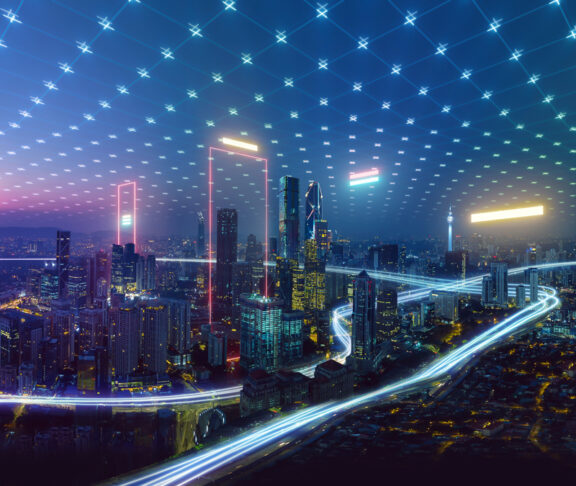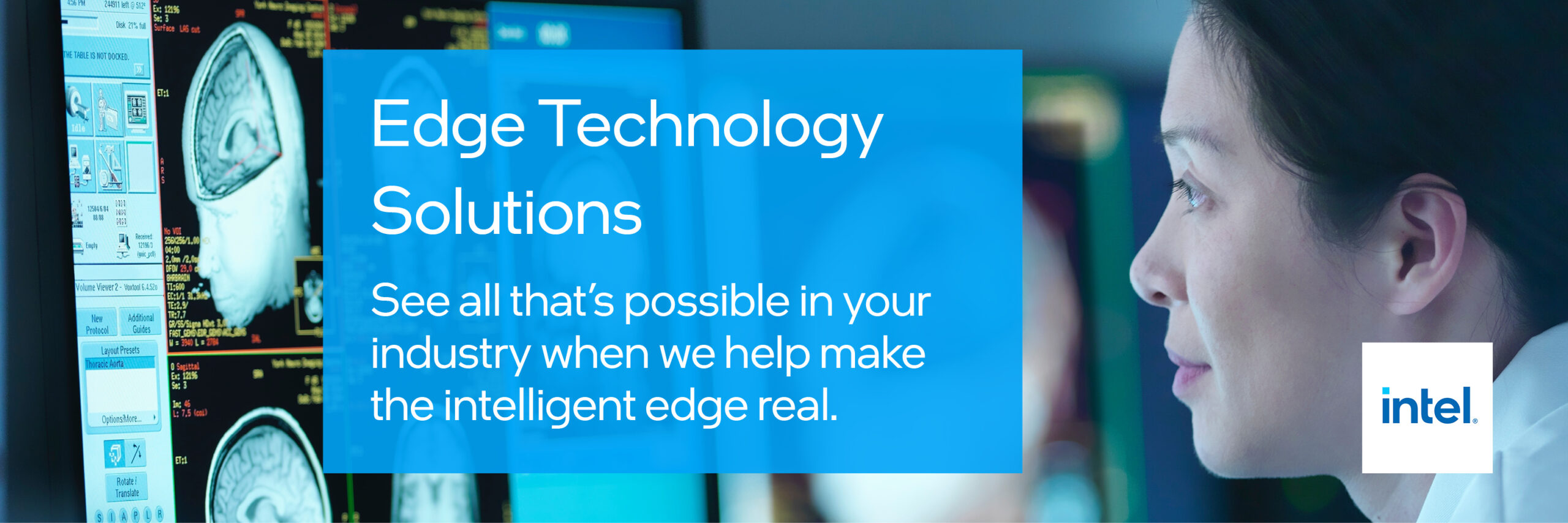
Pallavi Mahajan
CVP and GM, Network and Edge Group, Intel
Pallavi Mahajan, CVP and GM of the Network and Edge Group at Intel, reveals the key drivers of digitalisation transforming enterprises, from agility to AI adoption, unlocking opportunities in customer experience and efficiency.
What is driving digitalisation across enterprises?
There are four driving factors. The first is the need for enterprises to be agile. For example, to achieve operational agility, retailers are transforming siloed appliances such as point-of-sale terminals with video security and automated checkout.
The second is lower TCO (total cost of ownership). Cost is a pressure point for enterprises, so they are always looking to reduce costs and manage infrastructure more easily with the push of a button.
Third is the requirement to improve customer experience and engagement. Data has been called ‘the new currency’ because, by intelligently leveraging personalised customer insights, enterprises can enhance service delivery.
The fourth and last driver is automation. Increased automation in businesses yields more real-time insights and enhanced efficiency.
How is digitalisation changing the customer experience?
Take retail. There’s online grocery shopping — but even in physical stores, automated checkouts mean we don’t have to stand in queues. Also, the personal recommendations we receive when shopping online revolutionise the buying experience. Plus, we buy tickets online, plan vacations online and bank via apps.
Another example is healthcare, where around 90% of patient data is generated by medical imaging. However, the sheer volume of data creates a backlog, leading to longer assessment and diagnosis times. A healthcare company we work with is using AI during the scanning process to alert radiologists of issues requiring immediate attention.
Many industrial enterprises are embracing the trend for smart manufacturing and adopting edge computing.
Is AI a game-changer for businesses?
I would say so. AI is powering in-the-moment intelligence, and a lot of enterprises — Intel included — are adopting genAI for internal productivity and efficiency purposes.
Now, some employees are worried that AI will take their jobs. However, AI isn’t about eliminating jobs; it’s about creating better products, better time to market and better customer experiences. Automation boosts efficiency, equipping workers with fresh skills and time for additional projects.
Does edge technology offer a new era of enterprise opportunity?
Yes. Gartner® predicts: ‘By 2025, over 50% of enterprise-managed data will be created and processed outside the data centre or cloud.’1 For example, many industrial enterprises are embracing the trend for smart manufacturing and adopting edge computing (processing, analysing and storing of data closer to where it’s generated) with IoT (Internet of Things) devices and digital twins, etc.
Rather than sending data to the cloud, edge computing allows it to be consumed and analysed more quickly — for time-sensitive insights.
Can you give an example of edge computing in action?
A car company we work with is using AI and edge computing with the goal of finding welding defects for 100% of their production line. Before this, finding defects was a manual, labour-intensive, error-prone process.
By moving things to the edge, the company has been significantly reducing labour costs. However, again, this isn’t about replacing workers — it’s about creating new opportunities for them.
Is this an exciting future for the technology sector?
There’s a lot happening! We’re currently experiencing an impactful transformation with the rise of edge computing and AI.
Gartner® predicts: ‘By 2026, at least 50% of edge computing deployments will involve AI or machine learning, compared to just 5% in 2022.’2 It’s exciting to think that AI isn’t only available to people running supercomputers — it’s now accessible at the edge on last-mile devices. If we can use it to solve everyday problems, then my job is even more satisfying.
Learn more about our plans to drive forward digitalisation with innovative edge technologies, or explore partner ecosystem case studies at our Insight.tech home.
[1] Gartner©, Hyperscalers Stretching to the Digital Edge, By Thomas Bittman, 24 July 2023. GARTNER is a registered trademark and service mark of Gartner, Inc. and/or its affiliates in the U.S. and internationally and is used herein with permission. All rights reserved. Intel does not control or audit third-party data. You should consult other sources to evaluate accuracy.
[2] Gartner®, Building an Edge Computing Strategy, By Thomas Bittman, 12 April 2023. GARTNER is a registered trademark and service mark of Gartner, Inc. and/or its affiliates in the U.S. and internationally and is used herein with permission. All rights reserved. Intel does not control or audit third-party data. You should consult other sources to evaluate accuracy.



